
Slender Spreadwing
July 16th, 2013
This has to be the daintiest (and certainly the most elegant) insect I have ever successfully photographed. I'm impressed that my lens even managed it!
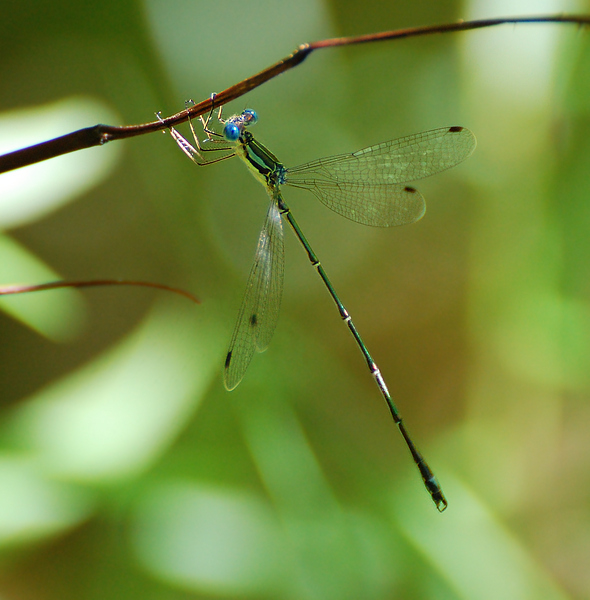
1680x1050 wallpaper
Not 100% sure of the identity. It's definitely a spreadwing damselfly of some sort. Slender Spreadwing is an educated guess based on how long and delicate it is.
A loss to the Ottawa birding community
July 15th, 2013
Bob Bracken died suddenly yesterday. Bob was a long-time birder and naturalist in Ottawa who contributed a great deal to the community. I have personally encountered him a few times in the field and found him to be a perfect gentleman and very helpful. I will miss him.
Highlights From Trillium Woods
July 12th, 2013
I braved nuclear mosquitos, 6000% humidity, and the threat of thunderstorms to bring you these photos. Enjoy!
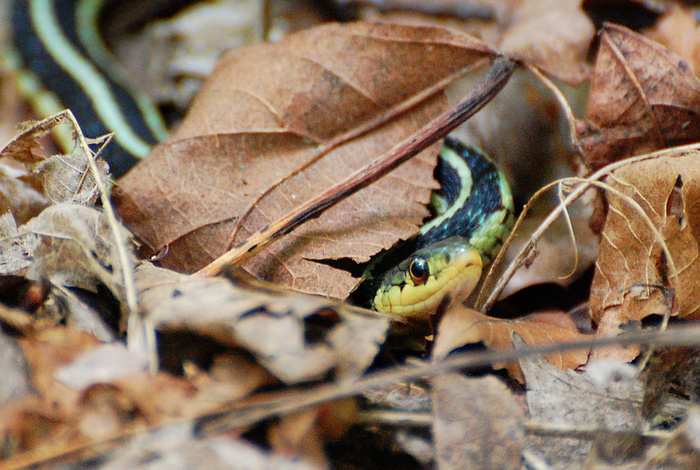
1680x1050 wallpaper
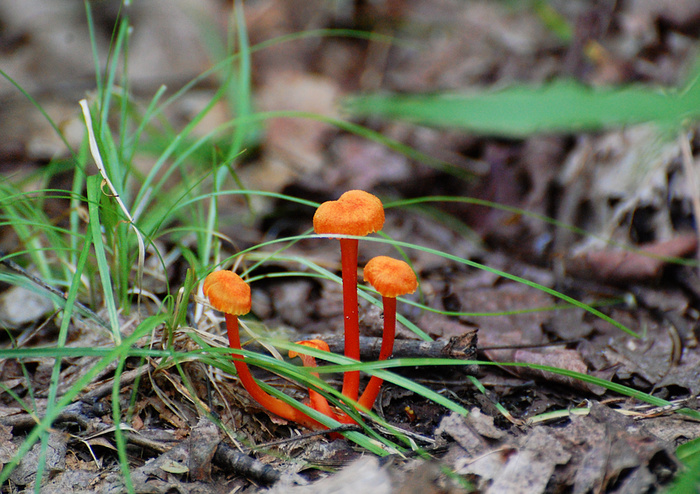
1680x1050 wallpaper
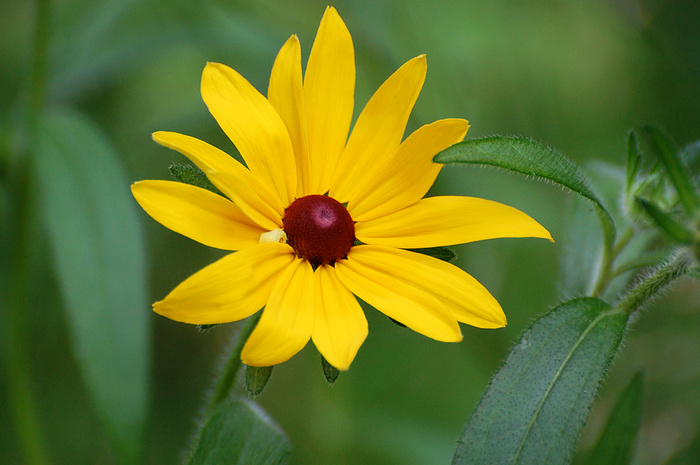
1680x1050 wallpaper
An Anxious Parent
July 9th, 2013
Like the Winter Wren at South March Highlands, this House Wren made a huge fuss of a distraction display when I stumbled into its territory. It perched conspicuously and scolded nonstop until I left. It probably had fledglings hidden about in the undergrowth.

1680x1050 wallpaper
In many areas House Wren is a common backyard bird (thus the name), but in Ottawa it's quite localized--although in the past few years, I seem to be seeing more and more of them. Places I've found them singing include Shirley's Bay (where I found this one), Watts Creek Trail and adjacent Nortel woods, Petrie Island, and the lands south of the airport. They favor open woodlands with scattered trees, and nest in tree holes or bird boxes. They're usually shyer than this. This was my first-ever opportunity to photograph one up close!
As sweet as they look and sound, House Wrens have a sinister side. They've been known to sneak into the nests of neighboring birds and puncture their eggs. This is presumably a way of eliminating competition for resources. Another peculiar habit of the species is deliberately incorporating unhatched spider egg sacs into their nests. After the spiderlings hatch, they prey on the mites that would otherwise parasitize the vulnerable nestlings.
On My Balcony
July 5th, 2013
Busy parent robins have been flying back and forth for a couple weeks now, feeding this brood atop my second-floor balcony light. I consider them welcome neighbors. They're much cleaner birds than the pigeons that used to lay eggs on my apartment balcony.
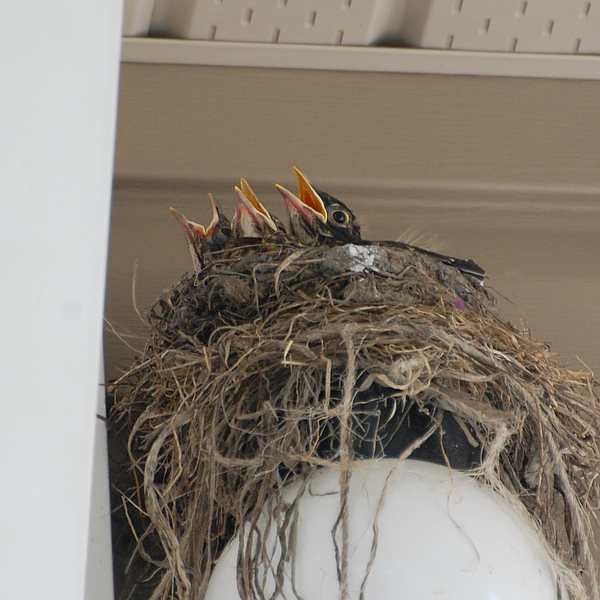
Don't worry, I'm not as close as it looks! I shot this from the back yard.
Tandem
July 3rd, 2013
Widow Skimmers mating in midair.
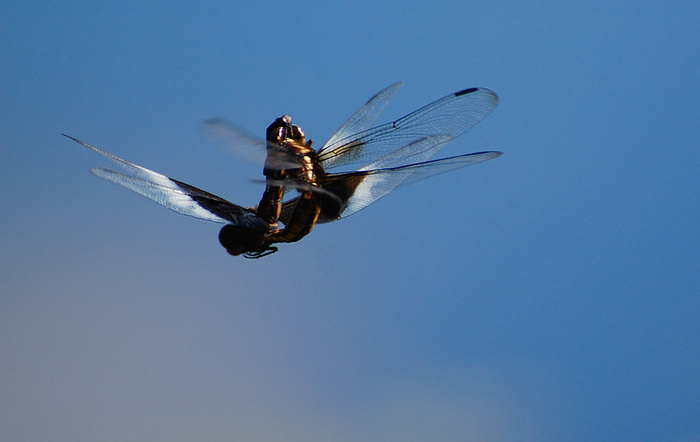
Racket-Tailed Emerald
June 29th, 2013
I love the sight of freshly emerged dragonflies, with their wings still glistening. My rough guess for this one is female Racket-Tailed Emerald, but feel free to correct me if you know better.
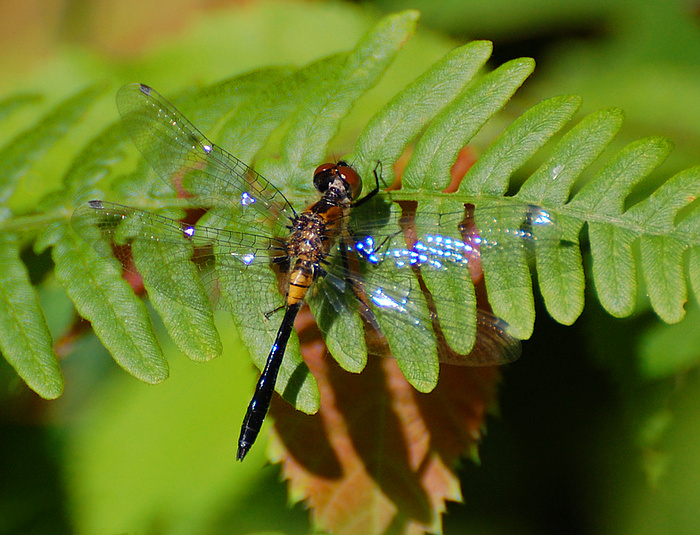
1680x1050 wallpaper
Blue Flag
June 27th, 2013
This magnificent wild iris grows around the edges of wetlands. For perspective, the surrounding stalks in the second photo are cattails.
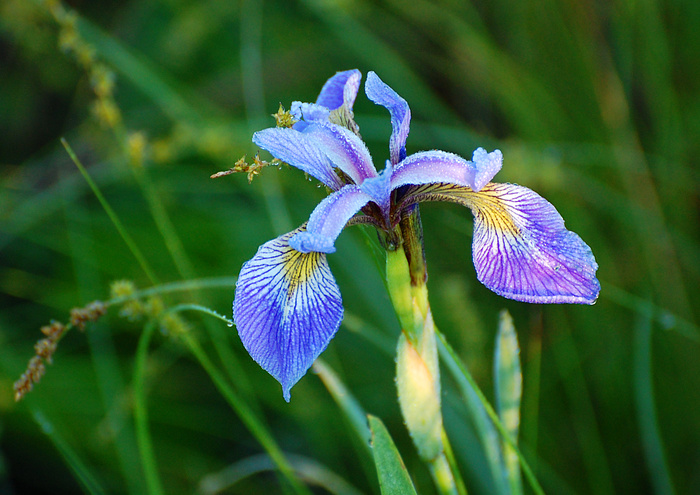
1680x1050 wallpaper
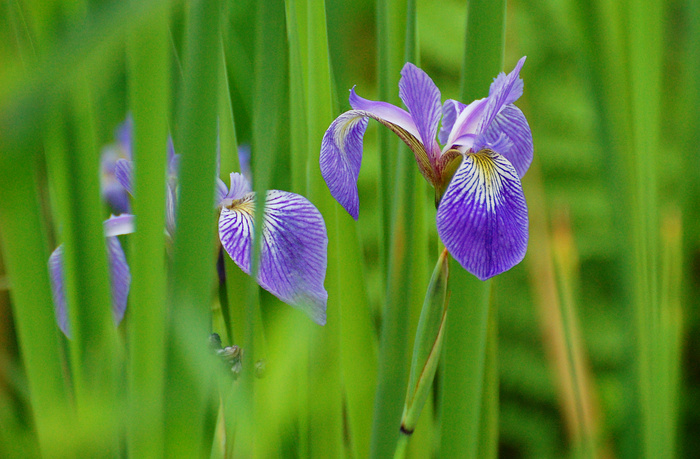
Snipeapalooza
June 23rd, 2013
In the years I've been birding, snipe have always been mysterious, elusive creatures that I hear but don't see--or, more commonly, don't detect in any way at all. Although they're marsh birds, none of the many marshes I've explored in Stony Swamp seem to have snipe. At Shirley's Bay I've heard the sound of their winnowing after sunset, but almost never see them. I've seen them far in the distance once or twice in South March Highlands.
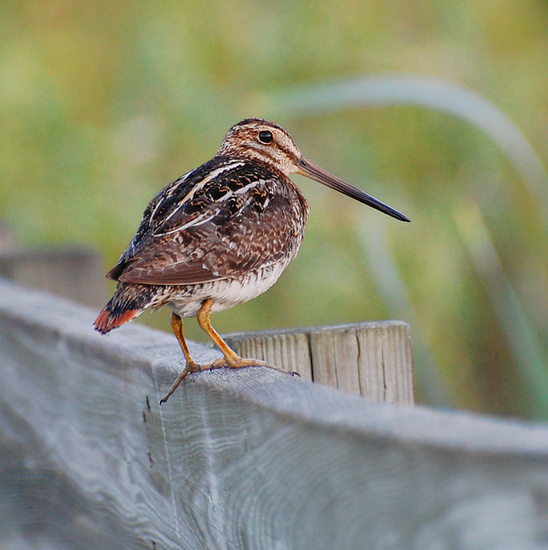
1680x1050 wallpaper
All that changed a week ago. I visited Bill Mason Centre at sunrise and found, not merely a sufficiency of snipe, not merely an abundance of snipe, but the motherload of snipe. Clearly that wetland is prime habitat, though why, I don't know. (I will say it feels very primeval. Like a place that humans have never interfered with, never despoiled.) They were everywhere, calling from the marsh, perching on the boardwalk railings, flying back and forth, and winnowing overhead all morning. It was incredible. Most incredible was the tameness of this so-often-elusive bird, allowing me to approach to within ten feet for close-up photographs. I can only guess that the schoolchildren who use these trails as an outdoor classroom have habituated the birds to human company.
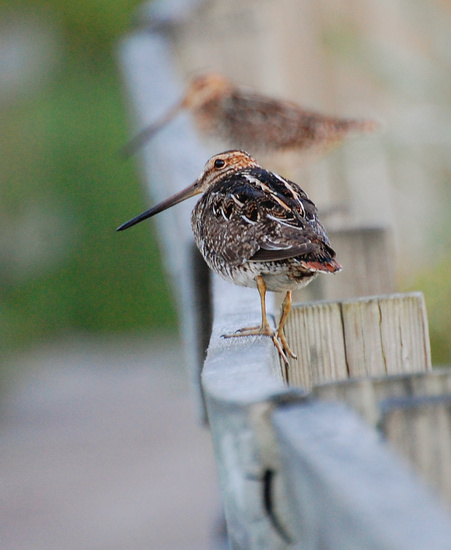
Snipe are unique members of the sandpiper family. While most of their relatives are coastal in the winter and breed in the far north, snipe are widely distributed inhabitants of freshwater wetlands. Their long bills are used to probe the mud for worms and other invertebrates. When flushed, they burst suddenly out of cover and fly away in a zig-zag pattern. I've read that the word "sniper" originally comes from them: if you're good enough to successfully hunt snipe, you're an expert marksman!
Snipe declare their territory by circling overhead in display flight. Air moving through the specialized tail feathers produces an eerie, tremulous "whoo-oo-whoo-oo" sound called winnowing. It can be heard from quite a distance away.
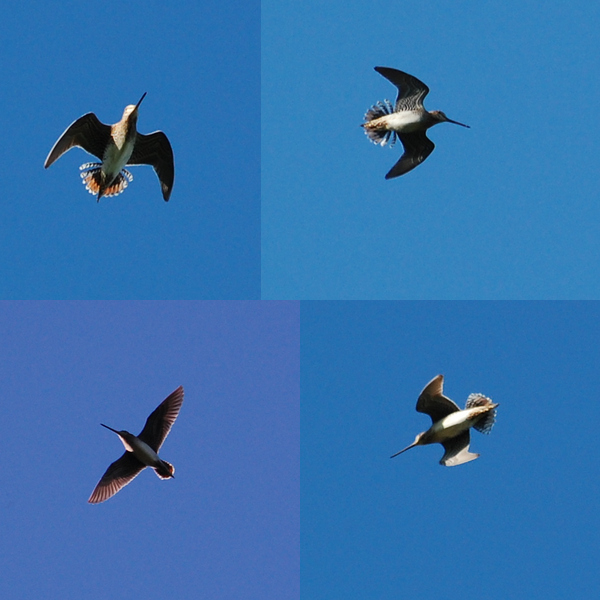
Blanding's Turtle at Carp Ridge
June 22nd, 2013
I found this turtle half-buried at Carp Ridge, apparently laying its eggs. It was big--about ten inches long, I'd say. My friend Gillian confirmed it from the photo as a Blanding's Turtle. I wish it and its offspring well. Blanding's Turtle is an endangered species. It maintains a toehold in just a few places around Ottawa, and the South March / Carp Hills area is one of them.

|
